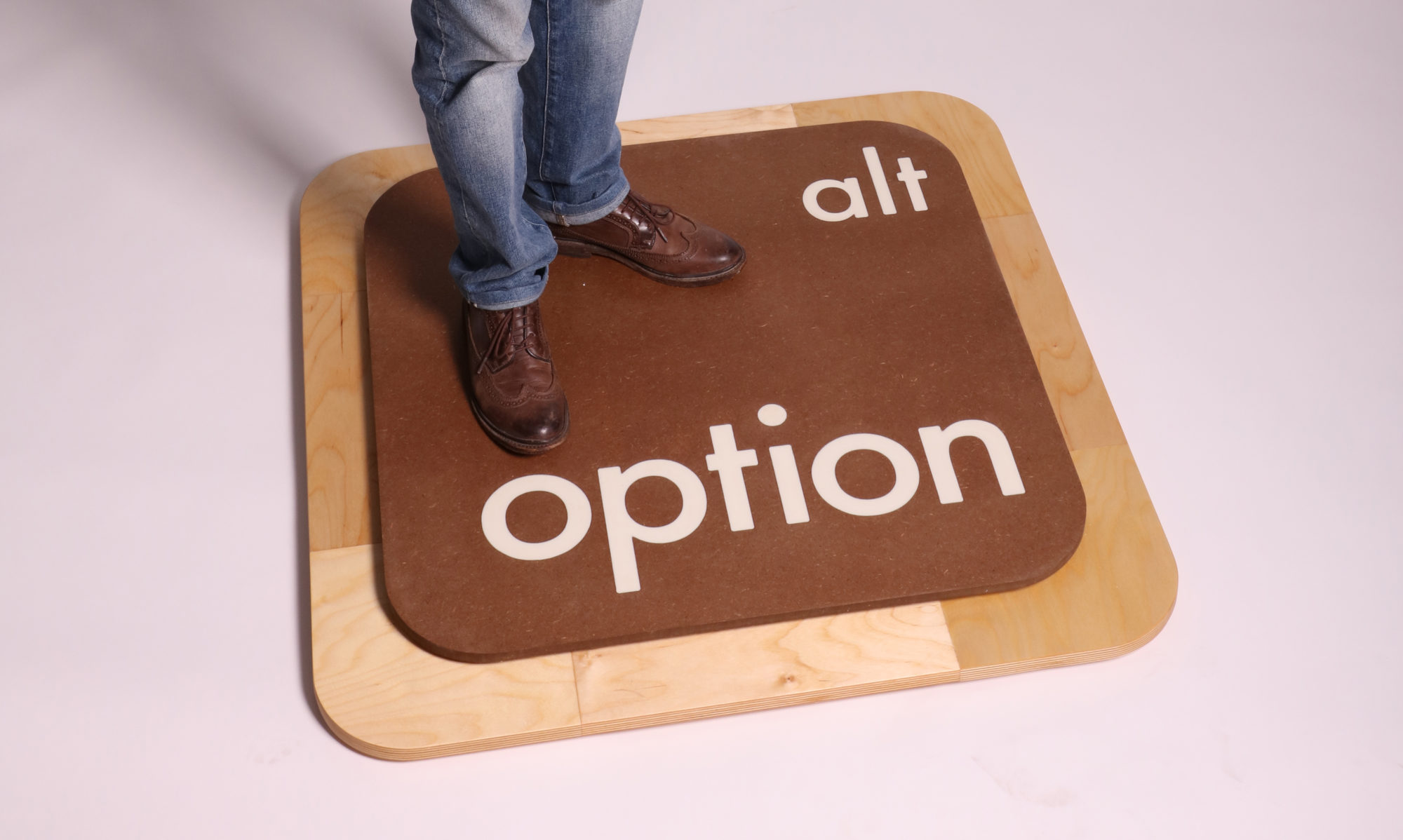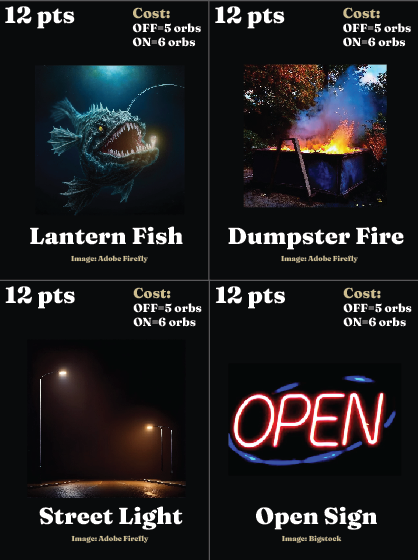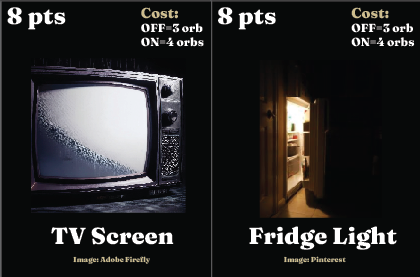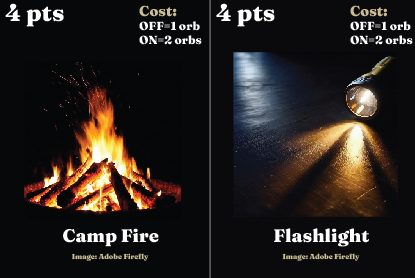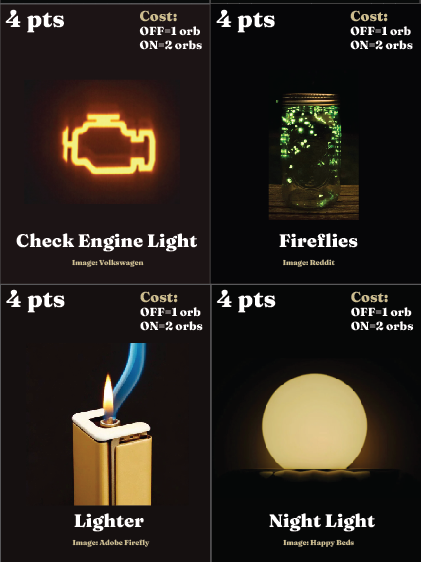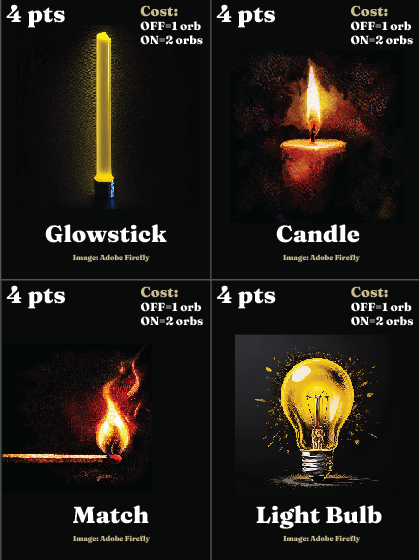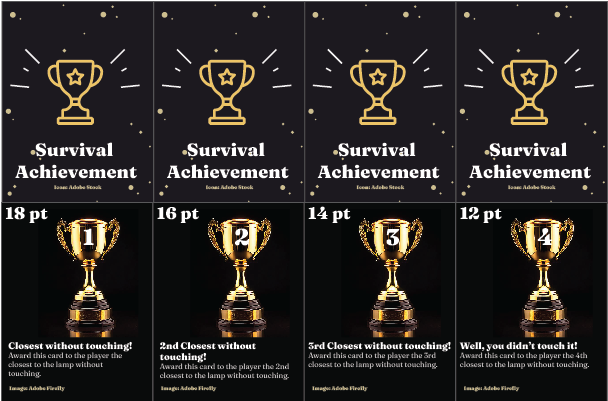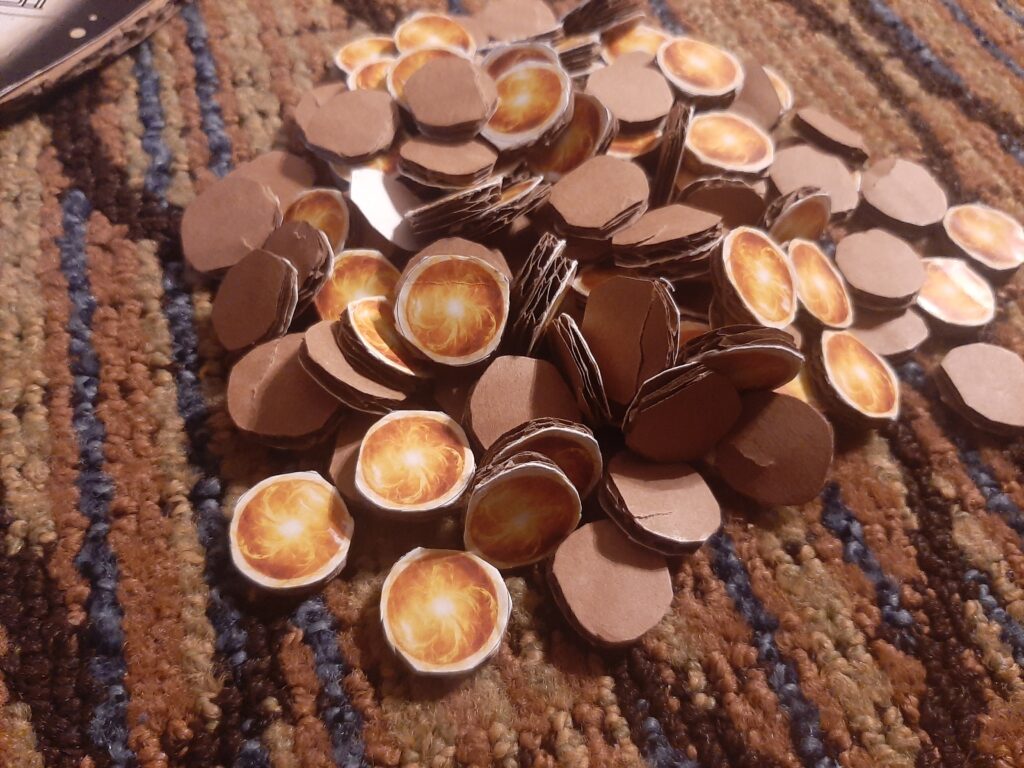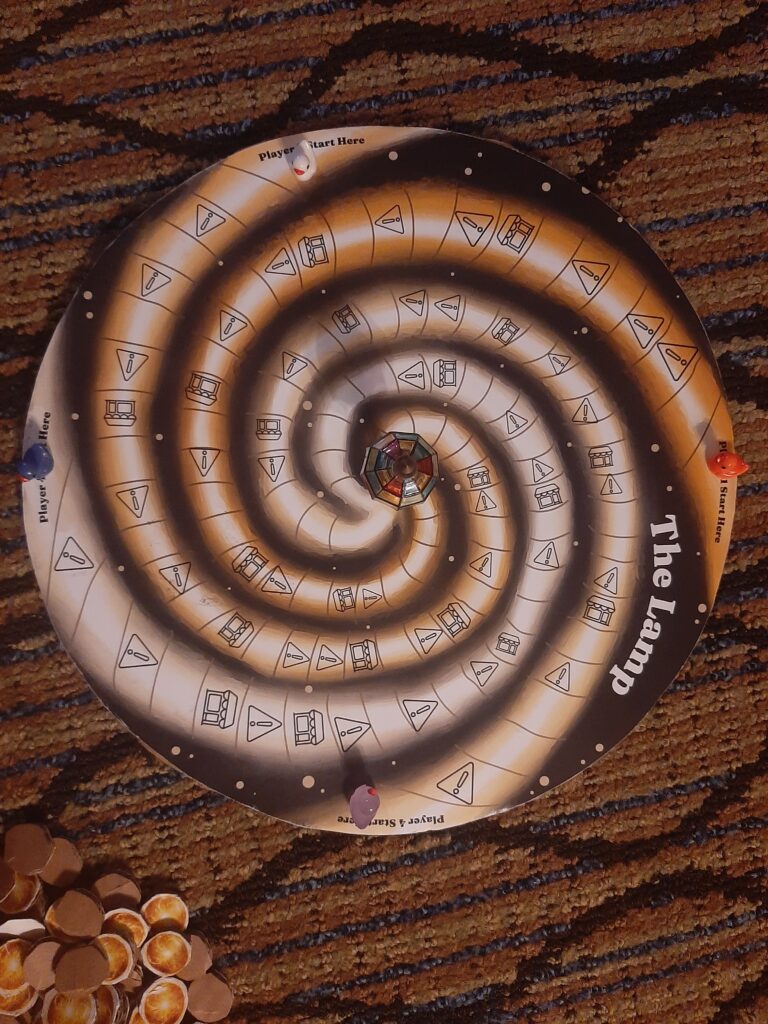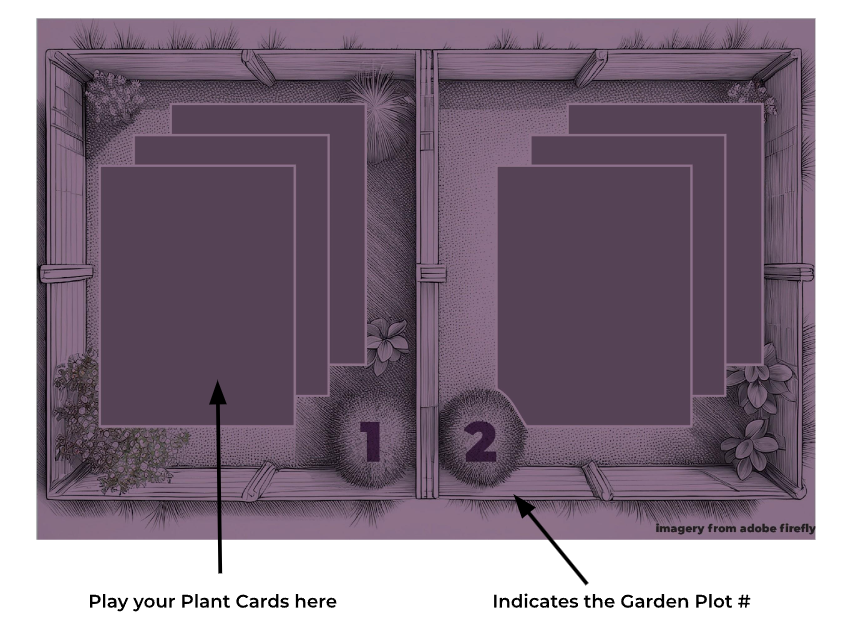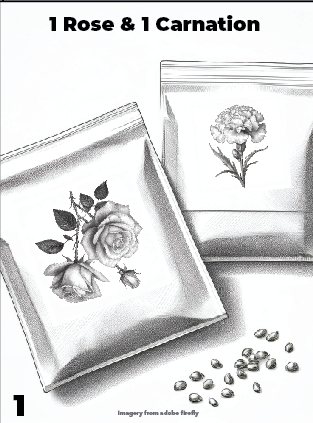- The Wonderful Life of a Carnival Fish – This is a game trying to persuade people that fish, such as gold or beta fish, should not be given out as prizes at carnivals. The player will experience the game through the point of view of the carnival fish and must try to survive as long as possible (a difficult task). Some of the trials that the fish will go through are residing in a too small environment (both in the plastic bag and when taken home), potentially placed with some other fish that are hostile, with unsafe aquarium decorations, unclean water, not acclimated to new water, etc.
- Well, What Was She Wearing? – This game is based on CAPSEA’s “What Were You Wearing?” Exhibit that displayed the clothing that people were wearing when they were SA’ed. This challenges the expectations that people are “asking for it” if they dress a certain way. It also shows that people could be wearing anything and it would still happen to them. The game adaptation of this would have different clothing options and people are to try to “guess”. This is to persuade people that it doesn’t matter the clothing that people wear, people get SA’ed just for existing and it is not their fault, especially in regards to their fashion choices. I think that this game would be difficult to pull off because of how sensitive this topic is, but I think that it would help give a little bit more awareness to victims.
- Fast Fashion Game (needs a better name) – At the beginning of every turn, a fashion micro trend is determined (could be determined by a spinner or cards). This trend determines the clothing items that you want to have in your wardrobe. Anything clothing that you have that is not relevant to the trend (potentially excluding some staple clothing items), goes to the landfill. Eventually the landfill will just pile up with a lot of clothing items and it will represent some of the environmental implications of fast fashion. More of the ethics of fast fashion could also be implemented into the game play. This game is to persuade people not to fall victim to fast fashion microtrends and try not to support companies like Shein.
- Toxic Friends – A game about toxic friends where you are in toxic relationships where it is impacting your ability to thrive in the game. You have to recognize these bad relationships and you have to cut them off in order to be able 2 succeed further in the game however there may be some implications when you cut these friends off for instance they might blackmail you but in the end cutting them off is probably going to be more of a benefit then something hurting. The persuasion element of this is for players to assess the relationships IRL and not to stay with the people that are harming you more than benefiting you.
- Art Activism – A game to persuade people that art can be a powerful tool for social causes and activism. This could be a board game where you must fight for a particular social cause and strategically use artwork to do that. The game could include real examples of art with a social purpose like Picasso’s Guernica, the Mexican Muralist movement, some of Banksy’s work, etc. Some of the mechanics could include conducting research and collecting art materials.
- Golf Course Game – This game would be to persuade people that golf courses are environmentally taxing in numerous ways. The game could include elements of real golf where players have to putt a golf ball, but the longer you take to get the ball in the hole, the more your character begins to take note of some of the destruction around you (deforestation, water/fertilizer/pesticide runoff, etc.).
- Earth Day – A game for younger children about Earth Day and teaching them the importance of caring about the Earth and taking care of it. This could be based on my children’s book that I wrote.
- Mindful Energy Consumption (idea from last semester) – Game to conserve the most energy on campus – Chatham University did a game like this a few years back, promoting sustainability and energy conservation. It was a competition between floors in a dorm building to see who could conserve the most energy per floor. Because of the way the buildings were set up, they could go in and see per floor how much energy was being consumed. There was also some incentive like a prize for the floor to win. I also believe they had social media accounts or an online tracker set up so that the floors could see their progress and communicate with other floors. One issue with this was that some students, especially those who didn’t like their CA, would try to sabotage the results of other floors, constantly turning on lights. One benefit of this was that the school was able to recognize that students weren’t using their ovens (I believe) enough and they were removed from the dorms. This also helps eliminate unnecessary energy consumption and makes students realize the difference turning off and unplugging certain things can make.
- For RMU to employ this, I think that it would need to be a competition between the different residence buildings and not particular floors. I think that would help to eliminate people sabotaging other floors in the same building. This would also have to have a time limit; for instance, 1 week (A good week would maybe be the week of Earth Day??). Unfortunately, I don’t know enough about how to measure energy consumption to say for certain how the results would be tracked, especially in RMU’s system. There would, however, need to be a really good prize to encourage students to actually participate.
- New idea – Maybe have this be a digital game where online users compete to have lowest energy consumption. It would likely require a lot of honesty as people would have to manually report how much energy they are consuming. It could also just be roughly calculated by people reporting how much they use a certain thing in their house.
Game about Green Final Disposition – In this game, you own and operate a funeral home and service place that is trying it’s hardest to be eco-friendly. You will have multiple options for final disposition for the deceased and must convince their living relatives to opt for more eco friendly options. It becomes even more tricky because you don’t want to disrespect someone’s dying wishes or disrespect the family’s processing of death. There could be a CO2 tracker to show how much with each deceased person as well as other key environmental factors. Some of the methods that would be included would be green burial, traditional burial, alkaline hydrolysis, human composting, and cremation. This would be to persuade people that environmental factors should be considered when making a decision about what you want to happen to your body when you’re gone.
